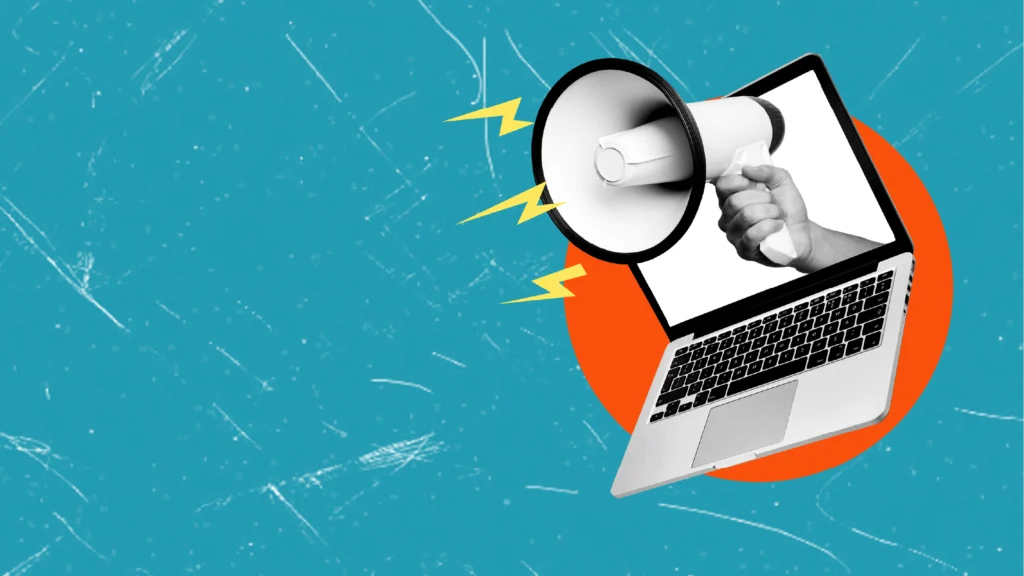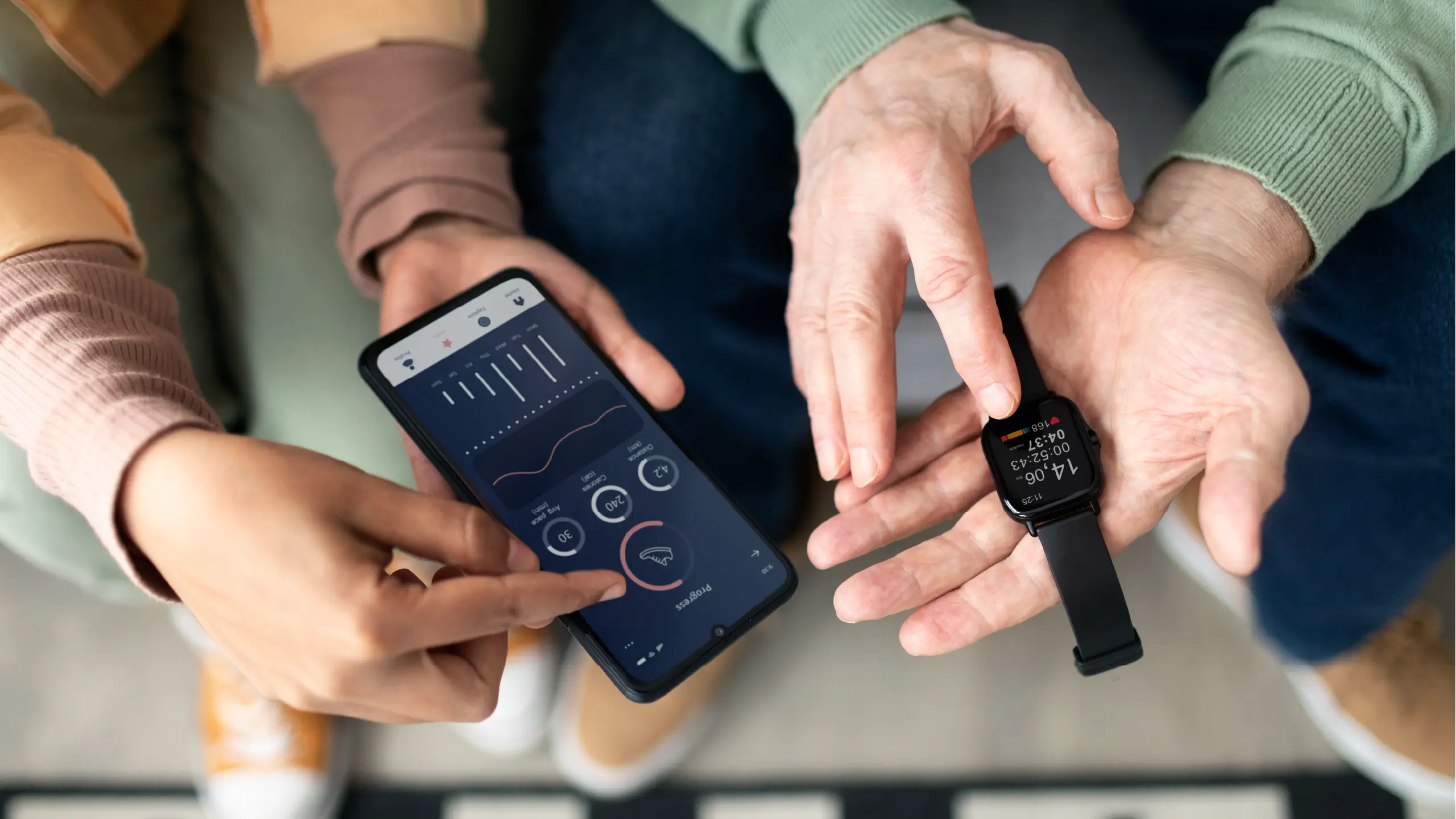
How Telehealth Is Reshaping Patient Expectations: What the Data Tells Us
In an era when a doctor can be summoned via smartphone as easily as an Uber, telehealth has shifted from niche novelty to mainstream necessity. The data is crystal clear: telehealth services are no longer just a convenience—they’re redefining what patients expect and demand from healthcare. This blog dives into how telehealth is reshaping patient expectations and why enterprises should turn to Blackwater, the savvy market research company pioneering telemedicine insights.
Telehealth—the art of healthcare delivered at a distance—has grown dramatically since early telemedicine experiments. Patients no longer tolerate long waits, rigid office hours, or geographic limitations. Instead, across demographics, they expect seamless telemedicine services that are fast, flexible, and secure. This shift in expectation isn’t just anecdotal; the data supports it. According to multiple studies, a large majority of patients now prefer telehealth therapy options at least occasionally. That trend is significant, and businesses aiming to serve healthcare institutions or digital health providers need strong market research to understand the change. That’s where Blackwater steps in—providing the intelligence that turns data into strategic decisions.
The Acceleration of Telehealth Demand
Prior to 2020, telemedicine services were often talked about but seldom used. Then came a pandemic that reshaped everything. Regulatory barriers were relaxed, reimbursement rules changed, and telehealth therapy offerings exploded. The result? Usage skyrocketed—from single-digit adoption to double-digit percentages of overall visits in record time. This was not just a temporary fix; it confirmed that patients were more than ready.
Modern patients now expect telehealth visits to rival or exceed face‑to‑face appointments in convenience. They expect intuitive platforms, high‑quality video, secure chat, and integration with their health records. They expect telehealth therapy to be seamlessly available. And they expect to schedule telemedicine services on short notice, or even asynchronously, via messaging or remote monitor workflows.
Patient Expectations Today: Data Speaks Louder Than Promises

The shift in patient expectations can be clearly quantified. Surveys show that more than 60% of patients say they would gladly switch providers for better telehealth offerings. Usage metrics tell the same story: telemedicine services now account for up to 30% or more of primary care visits in many systems that invested in usability. Telehealth therapy sessions for behavioral health have surged, based on data that shows these modalities reduce drop‑out rates and increase access, especially for rural or mobility‑limited patients.
Patients increasingly expect options. Some want virtual visits, some want telephone, some want message‑based consultations. They want the choice. They expect the platform to remember their history, to sync with wearables or home monitoring devices, to integrate prescriptions and labs. Telehealth is no longer a second‑class substitute—it’s a full‑featured front door to care.
Why These Expectations Matter Strategically
If patients expect this, providers who don’t deliver risk being cast as outdated. Hospitals and clinics that cling to in‑office‑only care will lose patient share to digital‑first competitors. Insurers and employers pushing virtual care benefit packages raise the bar further. Patients expect telehealth services for routine triage, follow‑up, mental health, chronic care check‑ins, medication adjustment, even telehealth therapy. It’s not optional anymore; it’s table stakes.
Pressure is mounting in multiple directions. Regulatory bodies are evolving rules, but also looking at patient satisfaction data tied to telemedicine services. Employers expect healthcare partners to offer quality telehealth. Investment firms and boards expect digital transformation strategies. And there’s good reason: reducing no‑shows, lowering overhead, improving access, capturing analytics—telehealth delivers measurable ROI when done right.
The Role of Market Research: Why Data Guides the Future
Yet a simple deploy‑and‑forget approach won’t do. Patient expectations are nuanced—by age, region, condition, socioeconomic factors. Platforms differ. When do patients prefer asynchronous messaging over video? What privacy concerns still linger? What features actually drive higher satisfaction scores? How does telehealth therapy uptake differ by clinical specialty? The answers vary.
Enter Blackwater, a leading market research company dedicated to telehealth and telemedicine services insights. Blackwater’s research cuts through hype and anecdote. Their proprietary patient segmentation studies, preference mapping, satisfaction scoring, and platform benchmarking help providers, payers, and digital health firms understand exactly what patients expect now—and what they’ll demand next. Blackwater’s data illuminates the trends, so decision‑makers can align strategy, go‑to‑market plans, and product design with real expectations.
How Blackwater Research Uncovers Patient Insights

Blackwater doesn’t just ask generic questions. They conduct longitudinal panels, regional sampling, clinician and patient cross‑referenced interviews. They capture telehealth therapy experiences, satisfaction with telemedicine services across specialties, and perceptions of telehealth services quality. They analyze what matters most: ease of use, reliability, human interaction, follow‑up quality. Then they deliver actionable segmentation maps—detailing, for instance, how millennials might swap in app‑based telehealth therapy while seniors prefer telephone visits with high clarity audio.
They also benchmark platforms. Providers want to know which vendor’s telemedicine services score highest on patient trust, security, integration, digital experience, and follow‑through. Blackwater’s vendor‑agnostic reports let clients compare telehealth providers, track feature adoption, and predict churn risk. That’s how tomorrow’s digital health leaders can offer the right mix of video visits, messaging, remote monitoring, and telehealth therapy.
Real‑World Lessons: What the Data Reveals
Data doesn’t lie. Blackwater’s anonymized trend reports show that patients who engage in telehealth therapy for behavioral health issues are more likely to complete their treatment course—especially when they have scheduling flexibility and a familiar clinician. Surveys find that satisfaction scores for telehealth therapy hover near in‑person levels when video quality is high and communication feels personal.
Additionally, telemedicine services used for chronic care and follow‑ups show significant reductions in no‑show rates—by as much as 40% in some systems. Even patients managing diabetes or hypertension report increased adherence and engagement when they can check in via telehealth services.
On the flip side, platforms that feel clunky, require too much login friction, or lack privacy reassurances score poorly. Patients are quick to abandon systems that feel like generic consumer apps with no trust signals. Blackwater’s research quantifies that effect: platforms rated “easy to use” with “clear privacy protections” outperform lower‑rated ones by double digits in Net Promoter Score.
The Business Impact: Better Outcomes Follow Better Expectations
Providers and digital health companies that embrace these data‑driven insights enjoy concrete benefits. They see lower administrative burden, improved efficiency, and better retention. Patients ask fewer authentication/security questions when trust is built upfront. Follow‑up telemedicine services eliminate unnecessary office visits. Telehealth therapy sessions reduce barriers for mental health access. Providers find they can treat more patients, reach underserved geographies, and optimize clinician time.
From a branding standpoint, organizations that advertise reliable telehealth therapy options, integrated telemedicine services, and patient‑centric telehealth experiences stand out. They signal modernity and responsiveness. Investors pay attention—companies backed by Blackwater data attract interest for their evidence‑based advantage in a crowded market.
Why Blackwater Leads the Market Research Pack
So what makes Blackwater the go‑to for telehealth intelligence? First, specialization. Unlike general consultancies, Blackwater focuses exclusively on telehealth, telemedicine, telehealth therapy, remote visits and digital care. Their teams include healthcare strategists, UX researchers, data scientists, privacy experts, and regulatory analysts who understand how federal and global policy shifts impact what patients expect and what providers can deliver.
Second, timeliness. Because the telehealth landscape evolves rapidly, outdated data undercuts strategy. Blackwater’s rolling‑panel approach keeps research fresh—tracking shifts in real time. When patients’ attitudes toward remote monitoring or video visits change, Blackwater has the insight clients need before competitors catch up.
Third, clarity. Blackwater doesn’t just dump dashboards. They synthesize patient stories, satisfaction metrics, segmentation profiles, competitive benchmarks, and pricing sensitivity trends. They provide executive summaries, strategy playbooks, and client‑specific recommendations grounded in patient expectation data.
Integrating Blackwater Insights into Strategy
So how should organizations act on these insights? First, baseline assessment. Use patient surveys and usage metrics to gauge current telehealth utilization. Then, commission Blackwater’s market research to segment your audience—understand who prefers telehealth therapy, who opts for video vs chat, who values integrated remote monitoring.
From there, design or refine your telemedicine services accordingly. For some patient segments, asynchronous telehealth services (like chat or messaging) excel. For others, scheduled video telehealth therapy is essential. Blackwater’s platform benchmarking can guide your technology procurement—selecting vendors with the usability and satisfaction record your patients expect.
Blackwater also helps design pilot studies, track adoption curves, and optimize marketing: messaging that resonates—“24/7 access,” “secure video visits,” “same‑day telehealth therapy”—is backed by their data on what motivates patients.
The Future: Telehealth Expectations Will Keep Evolving

Telehealth expectations aren’t static. Patients may soon expect immersive AR/VR consults, AI‑driven triage, smarter remote monitoring that pre‑emptively flags issues, and voice‑enabled scheduling. Blackwater stays on the cutting edge, surveying innovation adoption and capturing patient sentiment before the buzz cools. That’s why forward‑thinking firms rely on their data to anticipate—not chase—patient expectations.
Final Thoughts
Telehealth, telemedicine, telehealth services, telemedicine services, telehealth therapy: these aren’t just buzzwords. They describe a transformation in what patients expect from healthcare. They demand convenience, flexibility, personalization, and digital excellence. They are no longer content with dated models that prioritize provider schedules over patient ease.
Blackwater, the expert market research company in this space, provides the evidence layer organizations need to align their offerings with rising patient expectations. Their deep analytics, segmented insights, platform evaluation, and forward‑looking trend tracking turn raw data into strategic advantage.
If you’re developing telehealth services, evaluating telemedicine platforms, or designing telehealth therapy programs, there’s no substitute for understanding real telehealth user expectations. Blackwater illuminates that data so you can build better experiences—and better outcomes.
Healthcare today demands more than clinical competence—it demands digital empathy, accessibility, and responsiveness. Telehealth is the vessel; patient expectation data is the guide. And Blackwater crafts the map.



